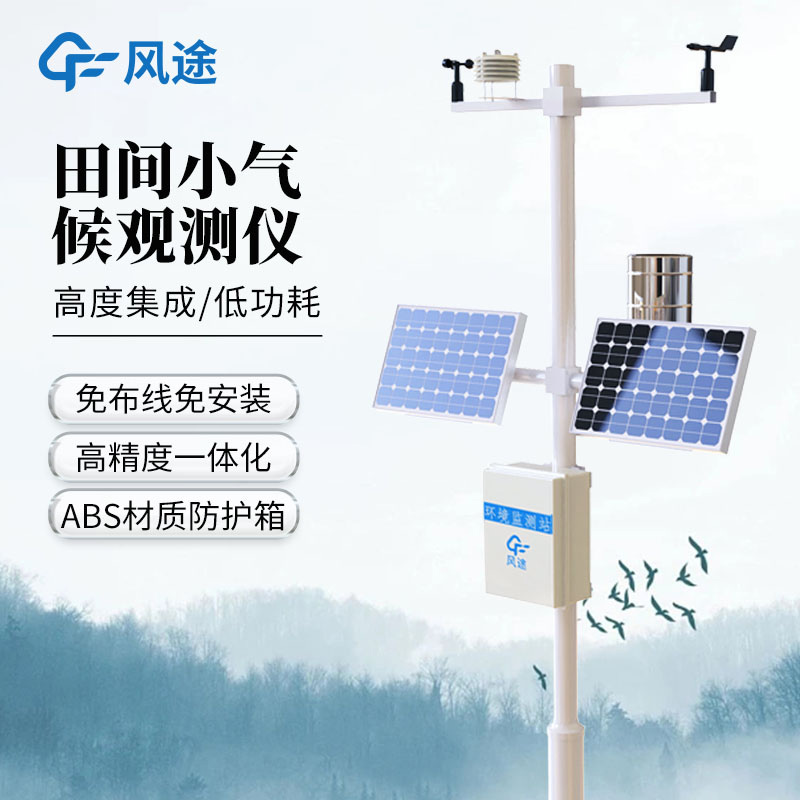In the past, agricultural production was often trapped in the plight of "relying on the weather for a good harvest". Changes in the weather, such as the amount of precipitation, fluctuations in temperature, and the duration of sunlight, directly determined the growth conditions and harvests of crops. Drought could cause the land to crack and the crops to wither due to lack of water; heavy rain and floods could inundate farmland and destroy the crops; low-temperature freezing damage could kill the newly germinated seedlings, and high temperatures and heatwaves might hinder the normal development of fruits. Farmers year after year hoped for favorable weather but often suffered losses due to uncontrollable weather disasters. The quality of the harvest largely depended on the bounty of nature, and it was difficult to carry out effective human interventions and ensure stability.
However, with the emergence and development of Agricultural Weather Stations, this passive situation of "relying on the weather for a good harvest" has gradually been improved. Agricultural Weather Stations are equipped with a variety of meteorological sensors and monitoring devices, which can accurately monitor and collect data on various meteorological elements such as temperature, humidity, air pressure, wind speed, wind direction, precipitation, and light intensity in real time. Through the analysis and processing of these data, farmers can know the changing trends of the weather in advance and thus make corresponding farming arrangements in advance.
For example, when it is detected that there will be heavy rainfall weather soon, farmers can prepare for the drainage of the farmland in advance to prevent the damage of flood disasters to the crops; if a low-temperature cold wave is predicted, measures such as covering with thermal insulation materials and smoking to increase the temperature can be taken in time to protect the seedlings from freezing damage; and when it is known that there will be sufficient sunlight and suitable temperature in the coming period, fertilization, irrigation and other farming activities can be reasonably arranged to promote the vigorous growth of crops.
Agricultural Weather Stations also provide a large amount of accurate data support for agricultural scientific research, helping agricultural experts to study the growth patterns of different crops under different meteorological conditions, further optimizing the selection of planting varieties and the improvement of planting techniques, and improving the efficiency and stability of agricultural production.
Agricultural Weather Stations enable farmers to no longer blindly "rely on the weather for a good harvest", but to be able to respond to weather changes more actively based on scientific and accurate meteorological information, take effective preventive and responsive measures, reduce the losses caused by meteorological disasters, ensure the stable development of agricultural production, gradually move towards the modernization and scientification of agricultural production, break the excessive dependence of traditional agriculture on natural weather to a certain extent, and inject strong impetus into the sustainable development of agriculture.

Article address:https://www.sqqx.net/en/news/493.html

 +86 15898932201
+86 15898932201



